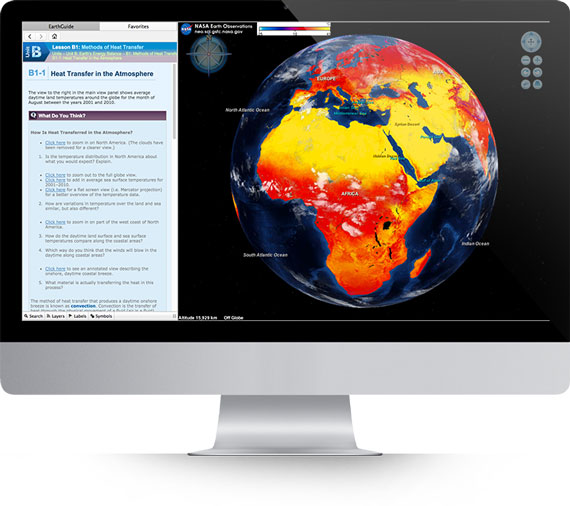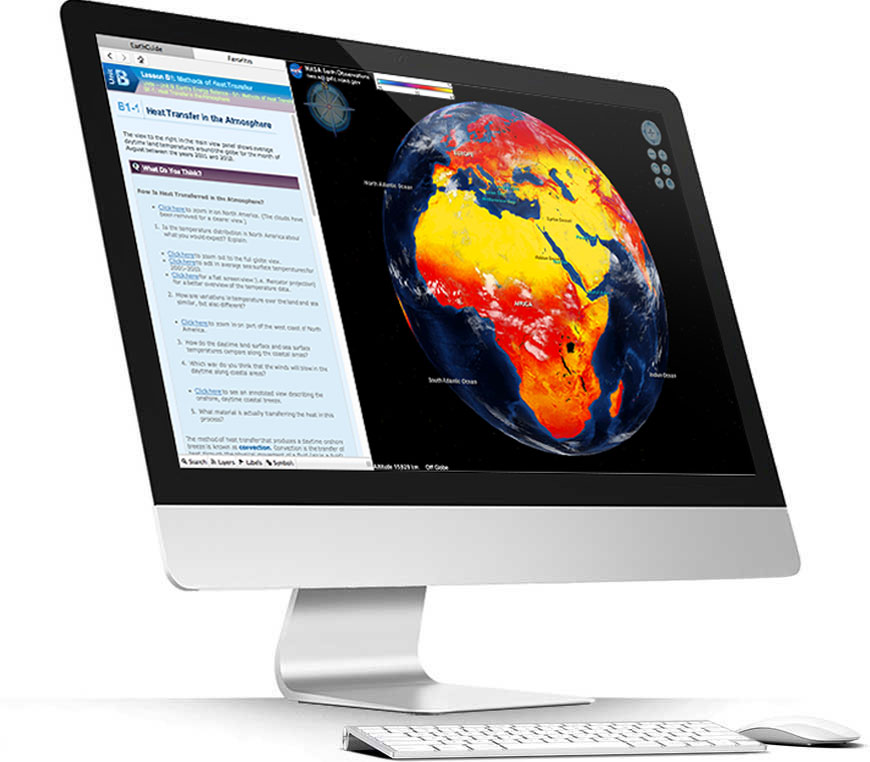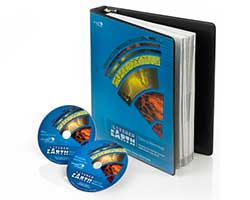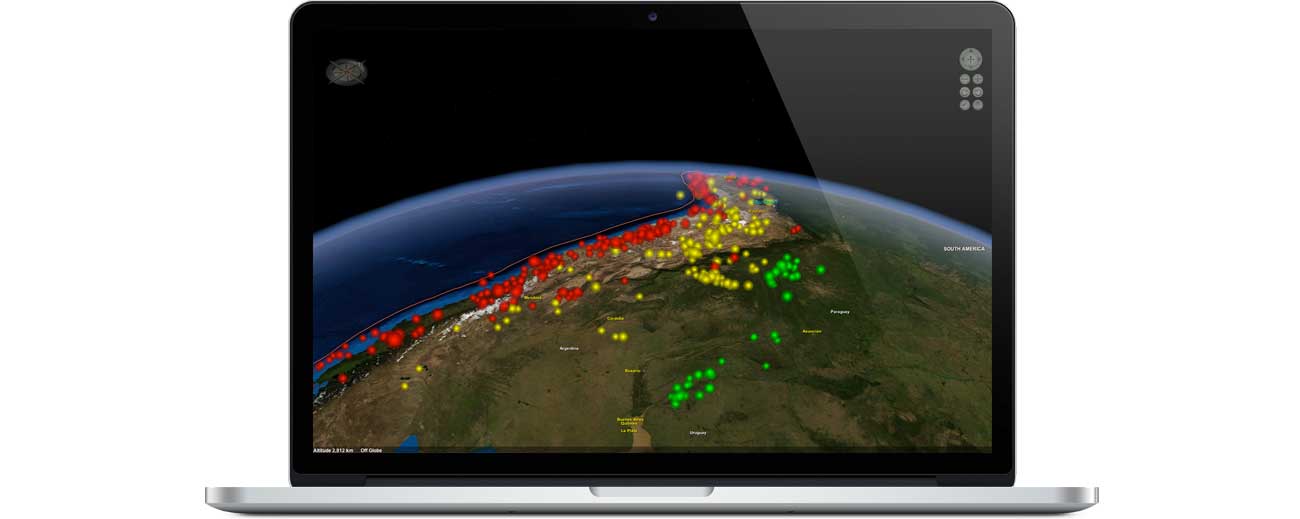-
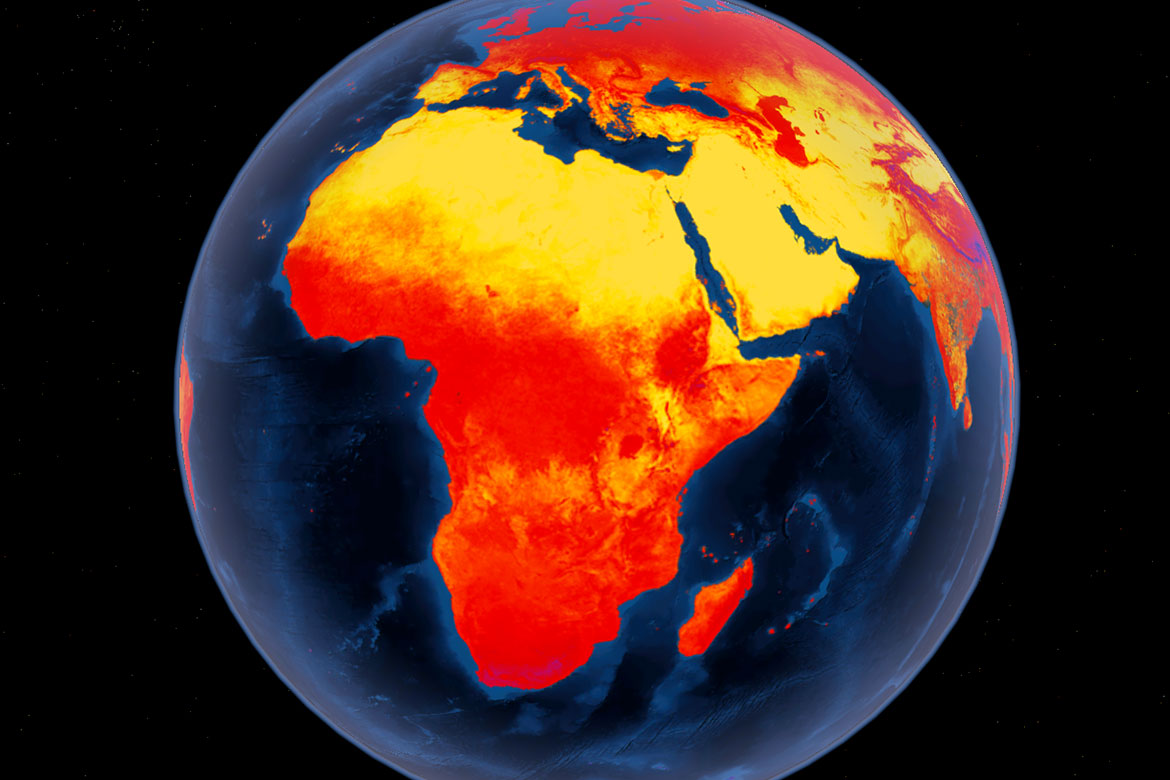 Heat Transfer in the AtmosphereMeteorology - Lesson B1Average Land Temperatures, 2001-2010.
Heat Transfer in the AtmosphereMeteorology - Lesson B1Average Land Temperatures, 2001-2010. -
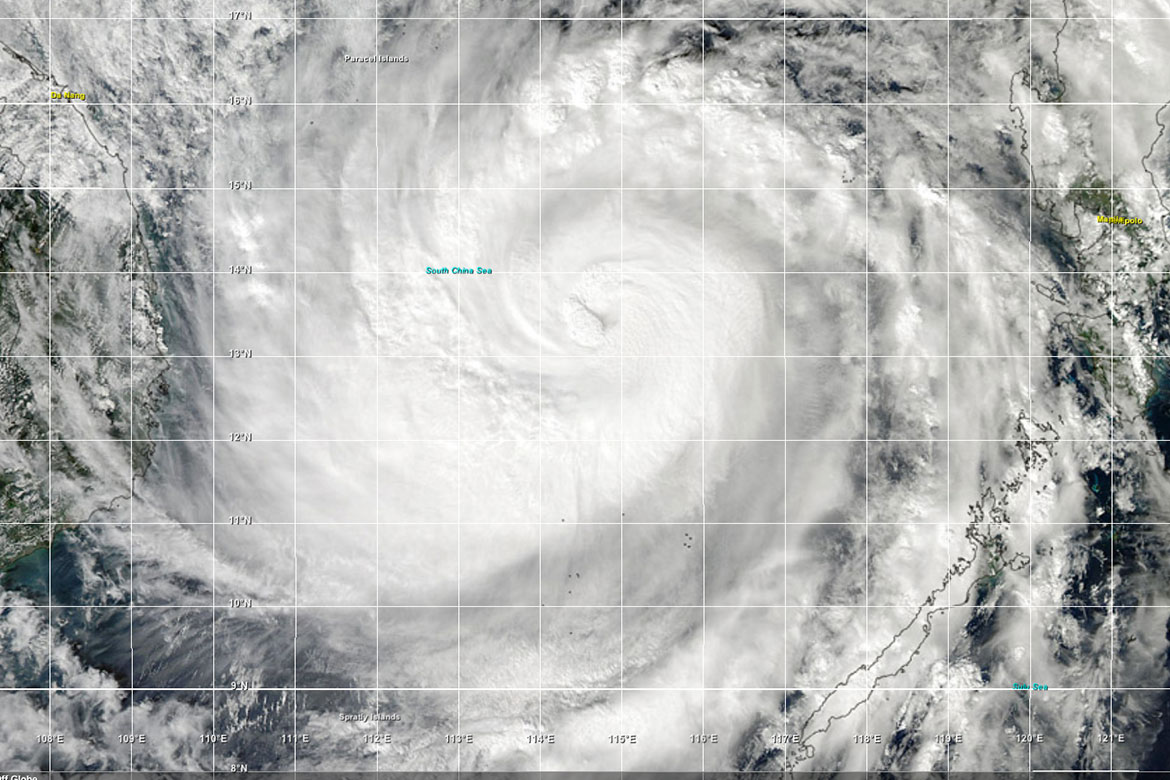 Super Typhoon HaiyanA Layered Earth "Teachable Moment"Calculating the Storm Surge
Super Typhoon HaiyanA Layered Earth "Teachable Moment"Calculating the Storm Surge -
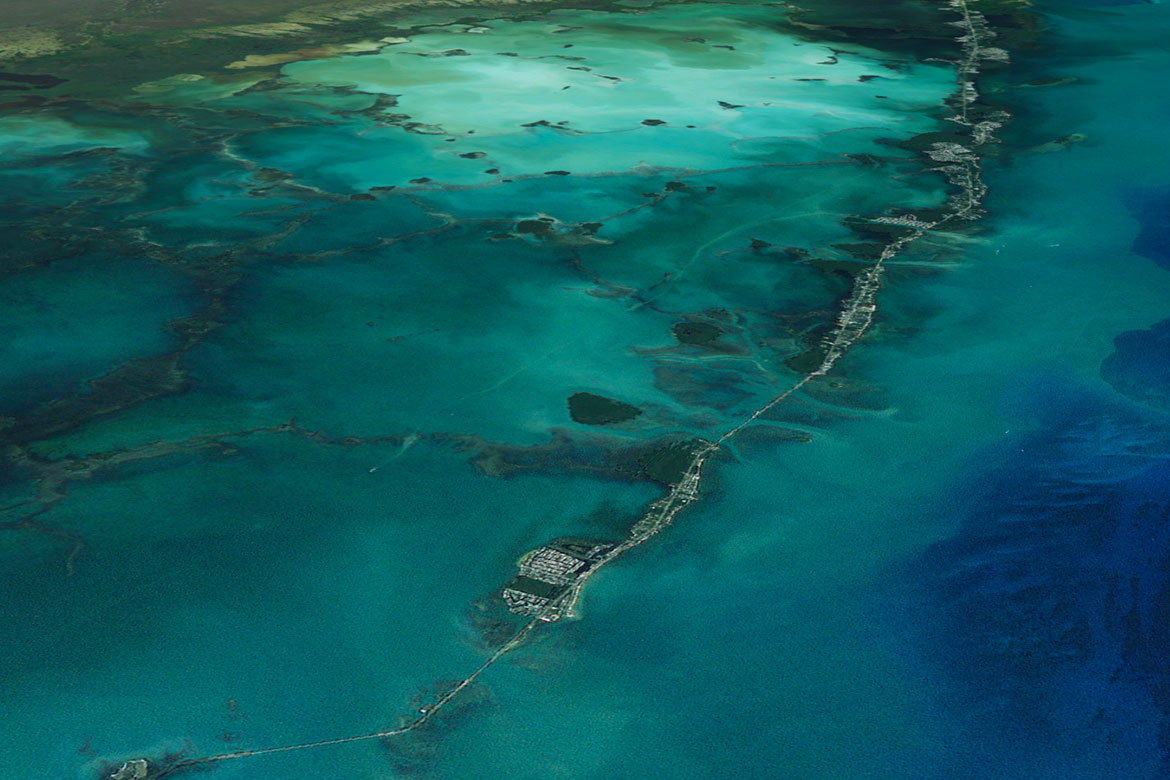 Evidence of Climate ChangeMeteorology - Lesson G4Florida's Increasing Sea Level
Evidence of Climate ChangeMeteorology - Lesson G4Florida's Increasing Sea Level -
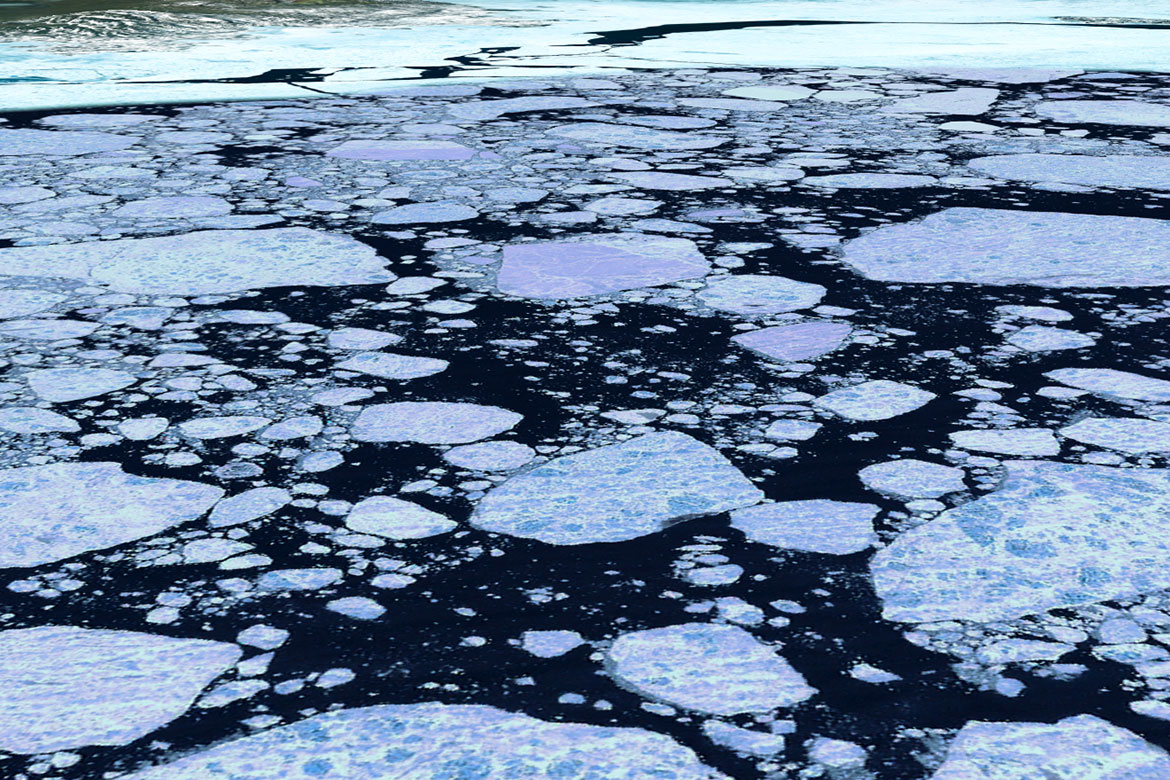 Climate Change & Global WarmingMeteorology - Lesson F4The gradual decrease in size of glaciers.
Climate Change & Global WarmingMeteorology - Lesson F4The gradual decrease in size of glaciers.

